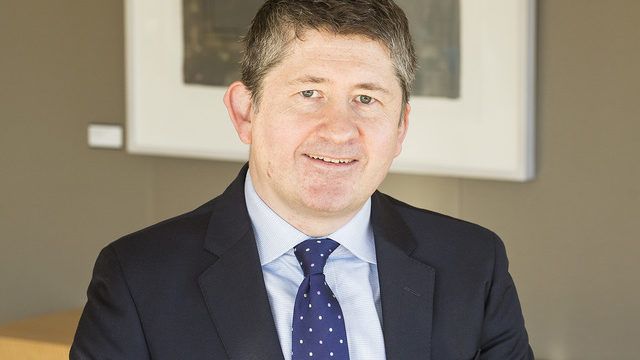Members of Capital Group’s fixed income team make direct investment decisions, said Cunningham, who is based in London.
Portfolio managers are responsible for a large portion of the portfolio, around 70%, while the remaining 30% is the “research portfolio” managed by investment analysts, he told FSA. Each analyst specialises in two or three sectors and is directly responsible for holdings in their smaller slice of the research portfolio.
One of the portfolio managers would be the principal investment officer (PIO), in charge of the whole portfolio and its adherence to the investment goals and philosophy.
“[The PIO] cannot tell the analyst or portfolio manager what to buy or sell,” said Cunningham, “[unless] the portfolio manager is about to buy something that breaches the fund’s guidelines.”
Fixed income portfolio managers and analysts collaborate with equity analysts at the firm. A six-member portfolio strategy group formulates a strategic, global macro-economic view over 6 to 18 months and issues guidance for the entire fixed income team. It is up to the portfolio managers and analysts to apply the themes in their parts of the portfolio.
Portfolio managers and analysts are rewarded purely on investment results with the focus on long-term performance, over five and eight years, he said.
Investment analysts, as specialists, have a bottom-up approach to choosing bonds in their slices of portfolios. These high-conviction “mini-portfolios” serve as sources of investment ideas for portfolio managers.
Some funds, such as the firm’s Global High Income Opportunities Fund, do not have a research portfolio allocation. The fund is managed by Robert Neithart, an emerging markets debt specialist and David Daigle, who specialises in high yield corporate debt. They are responsible for top-down asset allocation while sourcing their investment ideas from research portfolios of the firm’s other fixed income strategies.
Post-crisis risk
The investment process has evolved with time. Following the global financial crisis in 2008, the firm felt it needed to strengthen its risk management process. It created the risk and quantitative solutions team that serves as consultant to portfolio managers.
According to Cunningham, the firm adopted a cautious approach ahead of the Brexit vote in the UK in 2016. According to FE data, the fund delivered a 16.01% return for the year, in US dollar terms, compared to 2.55% category average of global fixed income funds registered for sale in Hong Kong.
“We put insurance in the portfolio, we were long core European bonds, they did very well,” Cunningham said.
However, it failed to beat its benchmark, the Bloomberg Barclays US Corporate High Yield 2% Issuer Capped, which returned 17.13% in 2016.
“We are better off leaving some return on the table if it doesn’t happen rather than losing if it does,” Cunningham explained.
The Capital Group Global High Income Opportunities Fund vs category average and its benchmark

















